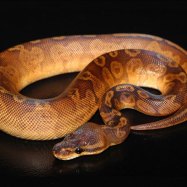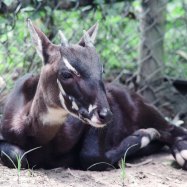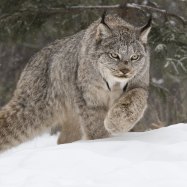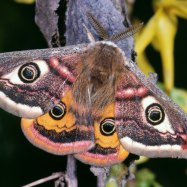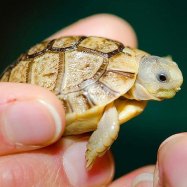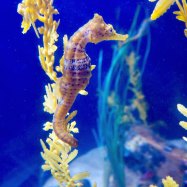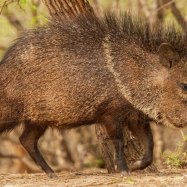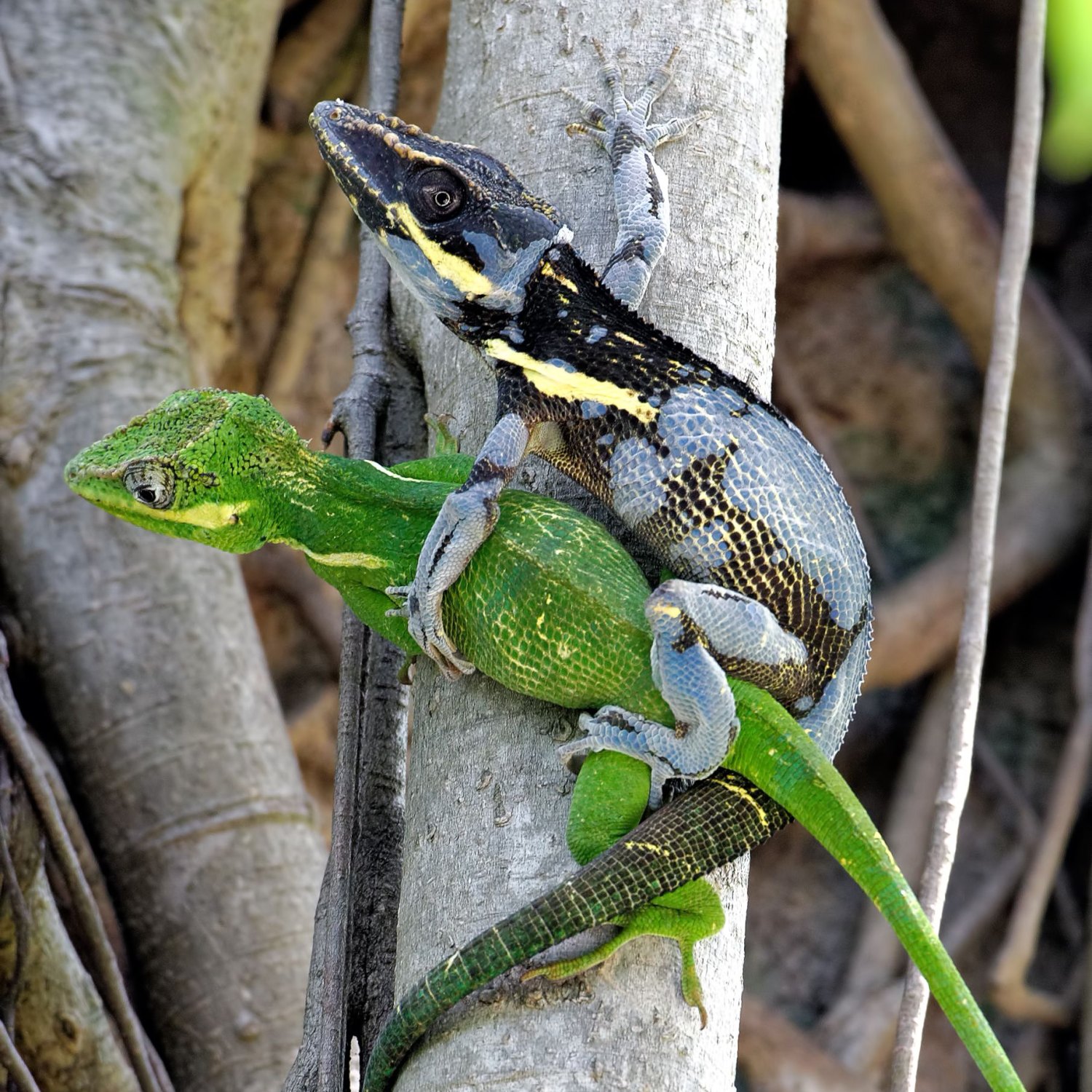
Knight Anole
Up to 13 inches (33 cm)
The Knight Anole, also known as the Cuban Knight Anole, is a striking medium-sized lizard with a long tail that can reach up to 13 inches in length. Native to tropical and subtropical regions, it belongs to the family Dactyloidae and is a popular exotic pet. Keep in mind that this beautiful creature requires a warm, humid environment and a varied diet to thrive. #KnightAnole #ExoticPets #Lizards
Animal Details Summary:
Common Name: Knight Anole
Kingdom: Animalia
Habitat: Rainforests, gardens, and urban areas
The Regal Knight Anole: A Fascinating Creature of the Caribbean
Nature has a way of surprising us with its diversity, especially when it comes to reptiles. Among the many fascinating creatures that inhabit the lush rainforests and tropical regions of the Caribbean, the Knight Anole stands out with its impressive appearance and intriguing behaviors. This medium-sized lizard, also known as Anolis equestris, has captured the attention and curiosity of animal enthusiasts and researchers for years. Let's take a closer look at the features that make the Knight Anole such a unique and remarkable creature Knight Anole.A Royal Lineage
The scientific name of the Knight Anole, Anolis equestris, is derived from the Greek words anolos, meaning “unarmed,” and equestris, meaning “horseman” or “knight.” This name is quite fitting for this majestic lizard. It belongs to the Animalia kingdom, the Phylum Chordata, and the Class Reptilia, which includes snakes, turtles, and crocodiles. The Order Squamata, meaning “scaled reptiles,” includes lizards and snakes, and the Knight Anole falls into the Family Dactyloidae, commonly known as anoles. Within this family, it is classified under the subfamily Polychrotinae, which includes species that can change their coloration. This ability is one of the remarkable features of the Knight Anole, but we will explore that in more detail later.A Habitat Fit for Royalty
The Knight Anole is distributed throughout the tropical and subtropical regions of Cuba, the Bahamas, and other Caribbean islands, making it a truly Caribbean creature. It thrives in a variety of habitats, including rainforests, gardens, and even urban areas. However, they are most commonly found in the rainforests of their native Cuba Koolie. With its warm, humid climate and dense foliage, the rainforest provides the ideal environment for this reptile to thrive. Their green coloration allows them to blend in seamlessly with the greenery, making it easier for them to hunt and evade predators.A Carnivorous Diet
As a carnivorous creature, the Knight Anole feeds on a variety of prey, including insects, small vertebrates, and even other anoles. They are opportunistic hunters and will eat anything that they can catch and fit into their mouths. Their long and sticky tongues, along with their excellent eyesight, help them to capture prey with ease. While they are typically perched on branches or vegetation, they can also actively hunt by foraging on the forest floor. This versatile feeding method allows them to thrive in a variety of environments, making them highly adaptable creatures.A Colorful Camouflage
One of the most unique features of the Knight Anole is its color-changing ability. Like other anoles, they can change their color depending on their mood, temperature, and surroundings. This enables them to camouflage and blend in with their environment. The Knight Anole can transform from bright green to brown or even black in just a matter of seconds. This makes them well-equipped to hide from predators and silently stalk their prey. It's a fascinating sight to witness these lizards change colors, and it highlights their impressive survival instincts.Regal Coloration and Body Shape
While the Knight Anole's coloration is mostly green, it can vary significantly from individual to individual. Some can exhibit hues of bright yellow or orange, while others may have blue or purple undertones. This remarkable range of color variations adds to their regal appearance and makes them a favorite among reptile enthusiasts. Additionally, the Knight Anole has brown or black markings on its body, which gives it a distinct and intricate pattern. This combination of colors gives this lizard a truly majestic look, hence its name “Knight” Anole.Apart from their striking coloration, the Knight Anoles also have a unique body shape. On average, they grow up to 13 inches (33 cm) in length, with a significant portion of their size being their long tail. This lengthy tail helps them to maintain their balance while moving through the dense foliage. Additionally, their toes are equipped with sharp claws that allow them to grip onto branches and surfaces with ease.
An Animal Kingdom Archetype
The regal appearance, impressive color-changing abilities, and unique body shape of the Knight Anole make it an excellent example of an animal archetype. This concept of an archetype stems from the idea that animals possess unique traits that enable them to stand out and survive in their environment. The Knight Anole's ability to camouflage, hunt, and adapt to different habitats showcases its archetype as a resilient and adaptable creature, similar to a knight in shining armor.Challenges Faced by the Knight Anole
Like all species, the Knight Anole also faces certain challenges in its natural habitat. One of the primary threats is habitat loss due to human activities such as deforestation and urbanization. This has resulted in a decline in their population in some areas. Additionally, the introduction of non-native species, such as the Brown Anole, has made it difficult for the Knight Anole to compete for resources. These challenges highlight the importance of conservation efforts to ensure the survival of this unique and remarkable species.The Importance of Studying the Knight Anole
Despite their colorful appearance and intriguing behaviors, Knight Anoles are not as well-studied as other reptile species. However, their unique features and adaptability make them ideal subjects for research. By studying their color-changing abilities, scientists can gain a better understanding of the genetics and physiology of coloration in animals. This knowledge can also have implications for human research, such as camouflage techniques and medical treatments related to pigmentation disorders.Furthermore, studying the Knight Anole's behavior and diet can provide insight into the interplay of different species and their roles in the ecosystem. This can help in developing strategies for conservation and managing their habitats. It can also shed light on the effects of urbanization and human activities on these animals and other species in their environment.
The Fascinating Road Ahead
The Knight Anole remains a mysterious and captivating creature, with many characteristics yet to be discovered. As we continue to explore and unravel the secrets of this regal reptile, we can admire its beauty and admire the archetype it represents in the animal kingdom. To ensure the survival of this species, it is crucial to protect their habitats and limit human impact on their natural environment. By doing so, we can continue to learn and appreciate the remarkable features that make the Knight Anole a true treasure of the Caribbean.

Knight Anole
Animal Details Knight Anole - Scientific Name: Anolis equestris
- Category: Animals K
- Scientific Name: Anolis equestris
- Common Name: Knight Anole
- Kingdom: Animalia
- Phylum: Chordata
- Class: Reptilia
- Order: Squamata
- Family: Dactyloidae
- Habitat: Rainforests, gardens, and urban areas
- Feeding Method: Carnivorous
- Geographical Distribution: Cuba, Bahamas, and other Caribbean islands
- Country of Origin: Cuba
- Location: Tropical and subtropical regions
- Animal Coloration: Variable, typically green with brown or black markings
- Body Shape: Medium-sized lizard with a long tail
- Length: Up to 13 inches (33 cm)
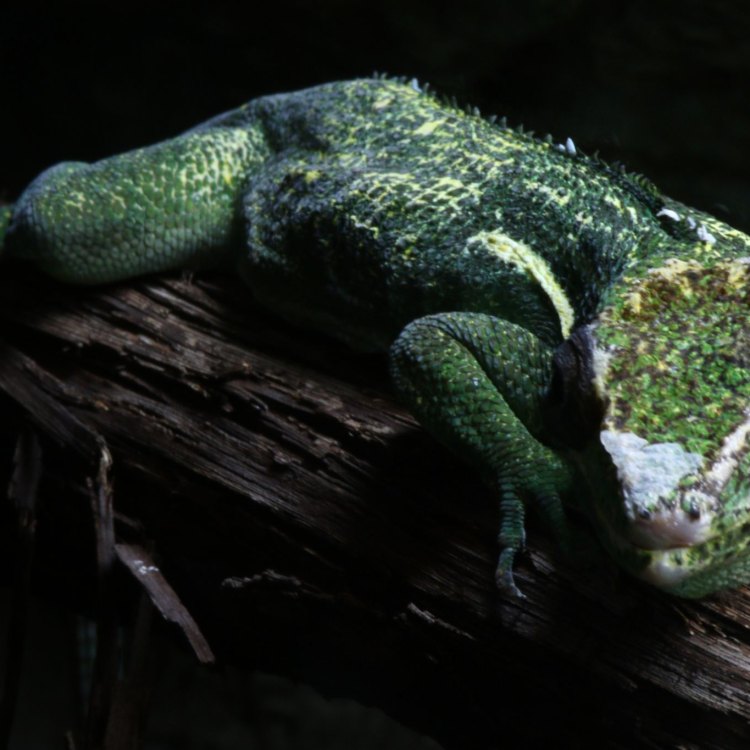
Knight Anole
- Adult Size: 10-13 inches (25-33 cm)
- Average Lifespan: 5-10 years
- Reproduction: Sexual
- Reproductive Behavior: Males display a head-bobbing behavior to attract females
- Sound or Call: Males produce a loud and distinctive call during the mating season
- Migration Pattern: Non-migratory
- Social Groups: Solitary
- Behavior: Diurnal and arboreal
- Threats: Predation, habitat loss, and climate change
- Conservation Status: Least Concern
- Impact on Ecosystem: They control insect populations and contribute to seed dispersal
- Human Use: Popular in the pet trade
- Distinctive Features: Large dewlap and powerful jaws
- Interesting Facts: Knight anoles are known for their aggressive behavior and high territoriality
- Predator: Birds, snakes, and mammals
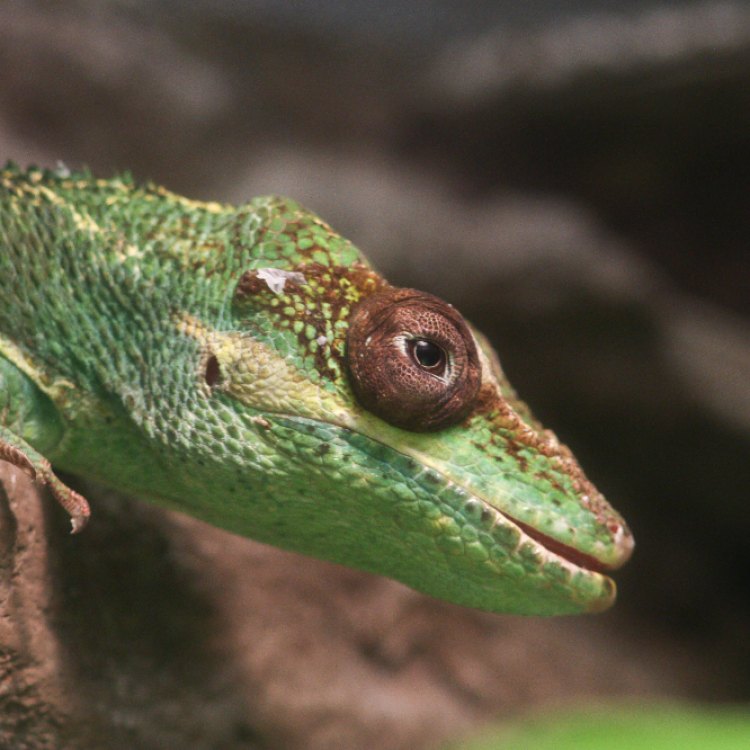
Anolis equestris
Knight Anole: The Aggressive but Enigmatic Lizard of the Caribbean
The Caribbean is home to numerous fascinating creatures, from brightly colored birds to unique marine life. However, one animal that often goes unnoticed is the knight anole. With its striking colors and aggressive behavior, this lizard is truly one-of-a-kind.Knight anoles, also known as Cuban knight anoles or giant anoles, are large lizards that can be found in the Caribbean islands of Cuba, Jamaica, and the Bahamas PeaceOfAnimals.Com. They belong to the genus Anolis and are a type of anole lizard, which is a group of lizards known for their long tails and the ability to change color. However, knight anoles stand out from their relatives due to their distinctive features and behavior.
Adult knight anoles can grow up to 10 to 13 inches (25-33 cm) in length, making them one of the largest anoles in the world. Their average lifespan ranges from 5 to 10 years, although there have been reports of knight anoles living up to 15 years in captivity. They are sexually reproducing animals, which means they require both male and female for successful reproduction.
During the breeding season, which typically occurs from May to July, male knight anoles display a unique head-bobbing behavior to attract females. This head-bobbing is a form of courtship display, where the male bobs his head up and down while extending his colorful dewlap. The dewlap is a large, extendable throat fan that is used for communication and displays of dominance.
Apart from their colorful dewlaps, male knight anoles also produce a loud and distinctive call to attract females during the breeding season Kangaroo. This call can be heard from a considerable distance and is often described as a series of “honks” or “cackles.”
Knight anoles are non-migratory, meaning they do not undertake long-distance movements or migrations. They are solitary animals, which means they prefer to live alone rather than in groups. However, during the breeding season, they may gather in the same area to mate.
These lizards are diurnal, which means they are active during the day, and they are arboreal, which means they spend most of their time in trees. This behavior makes them excellent climbers and jumpers, allowing them to move swiftly and gracefully through tree branches.
While knight anoles have a relatively long lifespan compared to other lizards, they still face various threats in their natural habitat. Predation, habitat loss, and climate change are the main threats to these lizards. Their vibrant colors and large size make them an easy target for predators such as birds, snakes, and mammals. Habitat loss, mainly due to deforestation and urbanization, also poses a significant threat to their survival. Climate change and its associated effects, such as rising temperatures and altered rainfall patterns, can also impact the delicate balance of their ecosystem.
Despite these threats, the conservation status of knight anoles is listed as “Least Concern” by the International Union for Conservation of Nature (IUCN). This means that their population is stable, and they are not considered endangered or at significant risk of extinction. However, continued efforts are needed to monitor and conserve their population, especially in areas where they are heavily hunted for the pet trade.
Apart from their role in maintaining the delicate balance of their ecosystem, knight anoles also provide other benefits. They control insect populations, such as mosquitoes and flies, which can be beneficial for the ecosystem and human health. Additionally, they also contribute to seed dispersal by consuming fruits and spreading seeds throughout their habitat.
Given their unique features and behavior, it's no surprise that knight anoles have become popular in the pet trade. However, owning one as a pet comes with its challenges. These lizards require specialized care, such as a large enclosure with plenty of branches and hiding spots, a consistent temperature, and a varied diet. They also have specific behavioral needs, including ample space to exhibit their territorial behavior, which can be aggressive at times.
One of the most distinctive features of knight anoles, aside from their large size, is their powerful jaws. These lizards have a strong bite force, making them formidable predators to their smaller prey. However, their aggressive behavior and high territoriality make them a challenging species to keep in captivity.
On the other hand, their aggressive behavior and territorial nature also make them fascinating creatures to observe and study in their natural habitat. In fact, there are various interesting facts about knight anoles that make them stand out from other lizards. For instance, they have been observed exhibiting complex social behaviors, such as establishing dominance hierarchies and engaging in courtship dances.
In addition, knight anoles are known for their ability to regenerate lost body parts, such as their tails. This is a common defense mechanism among lizards, where they can detach their tail to escape from predators and grow a new one over time. However, knight anoles take regeneration to a whole new level – they can regenerate not only their tails but also their limbs, organs, and even parts of their brain!
In conclusion, knight anoles are truly enigmatic creatures of the Caribbean. With their bright colors, distinctive features, and captivating behavior, they have captured the attention and imagination of both scientists and reptile enthusiasts. Despite facing threats, these lizards continue to thrive in their natural habitat and play a vital role in their ecosystem. Whether admired in the wild or kept as pets, knight anoles will continue to fascinate and intrigue people for years to come.
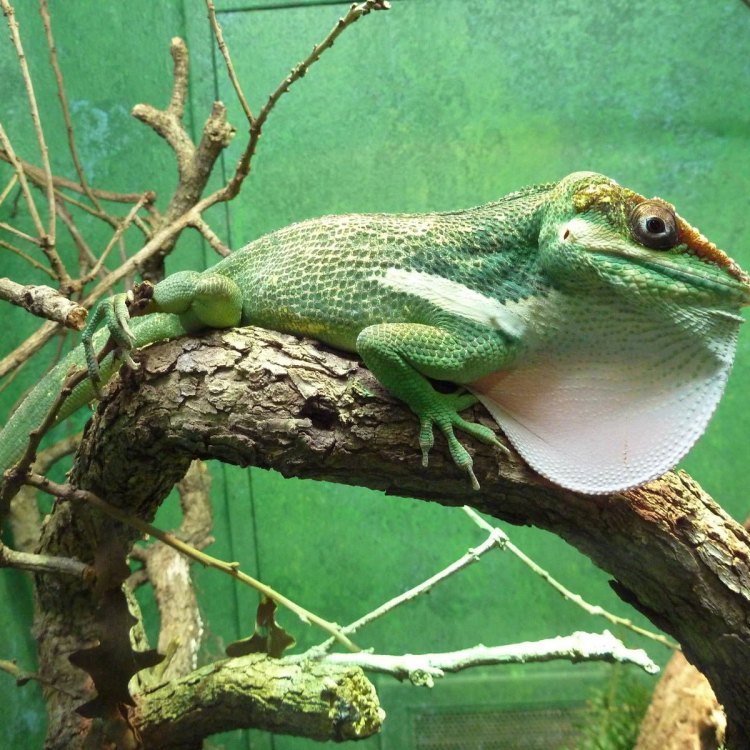
The Regal Knight Anole: A Fascinating Creature of the Caribbean
Disclaimer: The content provided is for informational purposes only. We cannot guarantee the accuracy of the information on this page 100%. All information provided here may change without prior notice.

